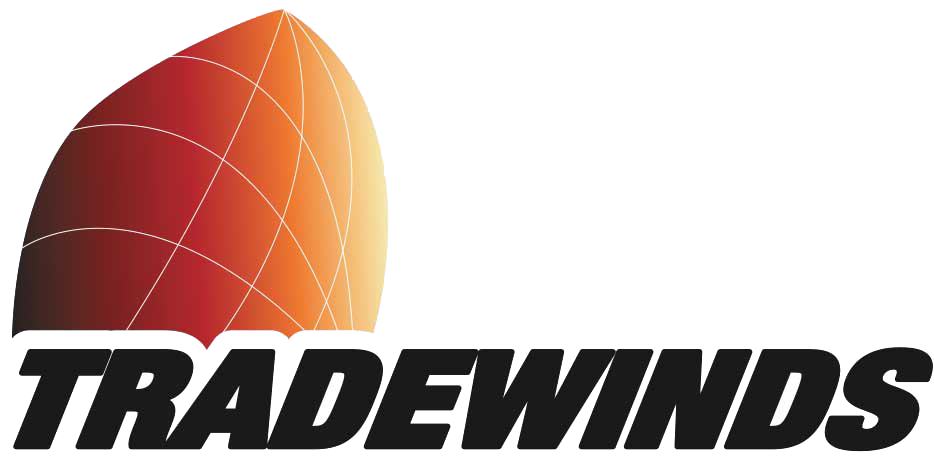Do I need a backup heat source with a heat pump?
It depends on whether you have a mini-split system, central air or geothermal heat pump. A central air heat pump system and geothermal systems have an integrated backup heat source – usually electric or propane. A ductless mini-split system could rely on any previously existing heat source as the backup. The heat pumps are the primary heat sources; the backups would only supplement them in extreme weather conditions. When you choose Mitsubishi Electric’s Mr. Slim from Tradewinds Eco-Energy Solutions, you can expect it to work at outside temperatures as low as -25 C and beyond, depending on the make and model. Your backup heating source will be needed when the heat loss of your home is greater than what the mini-split can provide.
Which is more efficient, a ducted or ductless system?
This depends on a few factors, including house size and layout. Ductless systems tend to be a bit more efficient because they help cut down on the heat loss that can occur along the ducts. However, both systems are extremely efficient; a new oil furnace might have an efficiency rating of 85%, propane around 94% and electric heat is 100%. In comparison, these units are 350% efficient ~ and that’s why you can save 60%-70% in your heating costs.
How do you control a heat pump?
A heat pump can be controlled by wall mounted controls or remote controls. You can set them on timers and adjust them manually.
Where is the best location for my heat pump?
Every house is different, so the best way to find out where to locate your heat pump is to have one of our qualified estimators visit your home. In general, the inside head is preferably placed on an outside wall, 4 inches from the ceiling, in the largest room in the house. Open areas such as dining, living, and kitchen areas are good. For the placement, our estimator will consider how the air flows through the room in order to evenly distribute the heat.
Do heat pumps take up a lot of room?
No, heat pumps are designed to be unobtrusive in their size and style, with low noise levels. The indoor head of a mini-split system resembles a piece of fine art such as a Monet, but at a fraction of the cost!
How much does a heat pump cost?
Tradewinds Eco-Energy offers competitive rates with top notch service. The average cost of an installed ductless heat pump with one indoor heating/ cooling zone is between $3,000 and $4,000. Central air systems generally start at around $8000 and geothermal systems around $15000. Although the initial price might seem high, the amount of savings from your heating bill far outweighs the cost of the system.
What incentives are available for heat pumps?
The Office of Energy Efficiency PEI and the Energy Efficiency NB offer incentives for ENERGY STAR® rated heat pumps. For more information visit http://www.gov.pe.ca/oee/residential or http://www.efficiencynb.ca/ home.html
How do I know what size of system my house needs?
Ductless heat pump systems are sized to meet the heating and cooling needs of individual zones in the home, our qualified estimator will stop by for a free in-home inspection to properly calculate the size needed. Ducted heat pumps are designed to meet the needs of heating your whole home, and the ducts will be sized to ensure efficient heat distribution. Tradewinds Eco-Energy Solutions will measure the BTU capacity of your home and help you choose accordingly.
What kind of maintenance does a ductless heat pump require?
Ductless heat pumps require some basic maintenance to ensure optimum performance. In most cases keeping the filters and coils clean is all that’s needed, and can be performed easily by the homeowner. Tradewinds does offer annual maintenance programs ~ call to inquire today.

